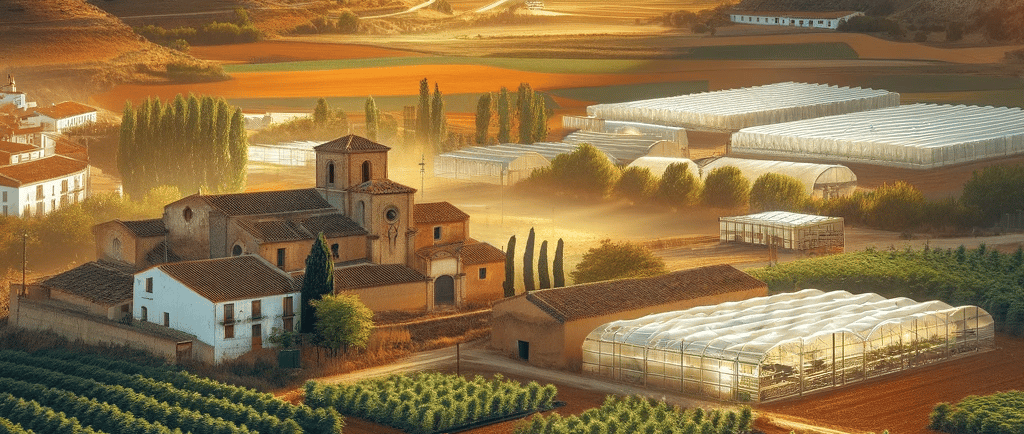Cannabis Cultivation in Spain: From Traditional to Modern Techniques
Spain, with its favorable climate and rich agricultural history, presents an interesting case study in cannabis cultivation. From traditional methods passed down through generations to cutting-edge techniques, the cultivation of cannabis in Spain mirrors a broader narrative of innovation and adaptation. This article explores the various facets of cannabis cultivation in Spain, examining both its traditional roots and modern developments.
CANNABIS GUIDE
12/10/20232 min read


Historical Context
Traditional Cultivation: Historically, cannabis in Spain was cultivated for its hemp fibers, used in making ropes, sails, and clothing. These traditional methods were often small-scale, organic, and integrated into local farming practices.
Cultural Significance: Cannabis cultivation, particularly in regions like Andalusia, has long been a part of local lore, often intertwined with regional agricultural customs.
Legal Landscape
Current Laws: While personal use and cultivation of cannabis in private spaces are decriminalized in Spain, the commercial cultivation of cannabis remains illegal, with the exception of hemp cultivation for industrial purposes.
Impact on Growers: This legal ambiguity affects growers, especially those who wish to transition to legal markets or explore the medical cannabis sector.
Modern Cultivation Practices
Hydroponics and Controlled Environments: A growing number of cultivators are adopting hydroponic systems and controlled indoor environments to optimize yield, quality, and cannabinoid profiles.
Technology and Innovation: Advances in cultivation technology, including LED lighting, automated nutrient systems, and climate control, are increasingly being embraced by Spanish growers.
Challenges and Opportunities
Legal Uncertainty: The uncertain legal framework continues to pose challenges, limiting access to markets and financial services.
Sustainability Concerns: As cultivation becomes more intensive, issues of sustainability, water use, and environmental impact come to the fore.
Cannabis Cultivation and the Economy
Economic Potential: There is significant potential for the cannabis cultivation sector to contribute to Spain's economy, especially in regions with high agricultural expertise.
Job Creation: Legalization and regulation could lead to job creation, from farming to research and development.
Societal Impacts and Perceptions
Changing Perceptions: The growing acceptance of cannabis, both medicinally and recreationally, is influencing how cultivation is perceived in Spain.
Community Involvement: In some regions, cannabis cultivation is seen as a way to revitalize rural communities and preserve agricultural heritage.
The Future of Cannabis Cultivation in Spain
Legal Reforms: Potential future legal reforms could dramatically reshape the cultivation landscape, opening up new opportunities for growers.
Research and Development: Continued research into cultivation methods, plant genetics, and sustainable practices will play a key role in the evolution of the industry.
Conclusion
Cannabis cultivation in Spain stands at the crossroads of tradition and modernity. As the country navigates its legal and social relationship with cannabis, the cultivation sector is poised to play a significant role in this ongoing narrative, blending age-old practices with modern innovations.
